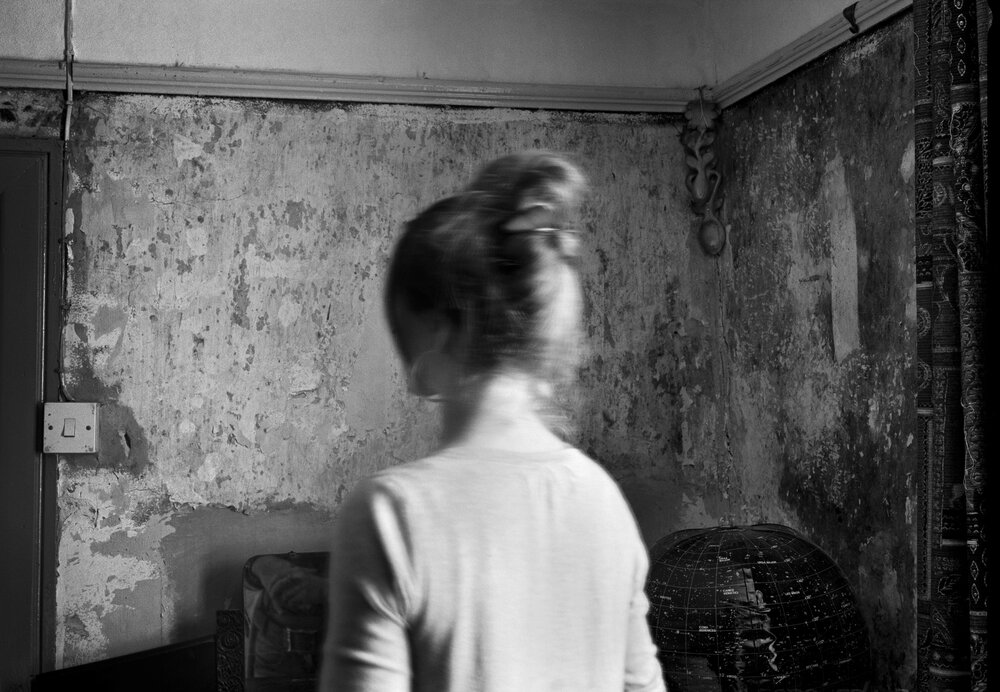
Light Catcher
##plugins.themes.immersion.article.figure##

Abstract
Among his remarkable performance-based short films made in the garden of his family home, two films show the artist holding a mirror to both catch and reflect sunlight back to the camera and viewer. Such performances provide a fitting allegory for his relationship to the medium of photography. As a photographer Peter Finnemore is someone who catches and plays with light.
Light is key to the pictures made in his home place in rural mid Wales, Gwendraeth House. The photographs relay the intimacy he has with his childhood home, which has been in his family for generations. Finnemore has been photographing his home for thirty years and his pictures are full of hints and suggestions, traces of those who live and lived there. With people’s passing, he is now its sole occupant and the house has become more and more a portrait of his own imagining, his dream space.
Finnemore photographs feelingly and describes his home as “a dreaming centre to divine and survey the spaces between darkness and stars”. Working with black and white film and the chemical-based printing process his richly toned prints explore the opposition and gradations between non-light and light, negative and positive, with all their symbolic implications. Like film, the house and its rooms are seen as receptive and responsive spaces. In Dream Traces a partly decorated wall above a bed is animated both by the gestural traces of darker paint upon it and lighter rectangular areas where posters and pictures were once attached. The wall is not blank but a field of different energy forces, the slow photographic effect of the darkening of the wall around the absent pictures against the more immediate brushmarks of house paint at its edges. The wall is also suggestive of an awakening state, the sense of something not fully coming into consciousness. This is in contrast to the relative order and geometry introduced by the wooden bars of the bedstead and the clarity of the singing and piercing detail of the white dot at the centre of an eye, painted on glass. This Greek mati, used to ward off evil, becomes the focal point of this picture and cue to many objects and elements in his pictures that are felt to be imbued with energies and powers beyond their material form.
[...]
Most read articles by the same author(s)
- Igea Troiani, Mark Durden, Places , Sophia Journal : Vol. 8 No. 1 (2023): Landscapes of care: photography, film, modern architecture and landscape heritage